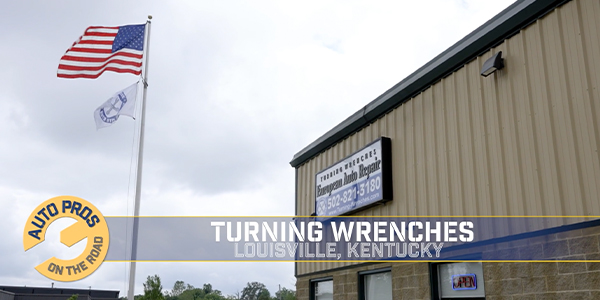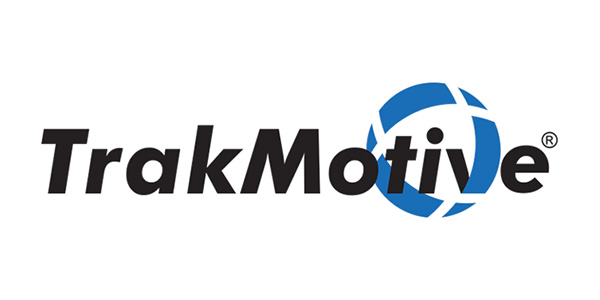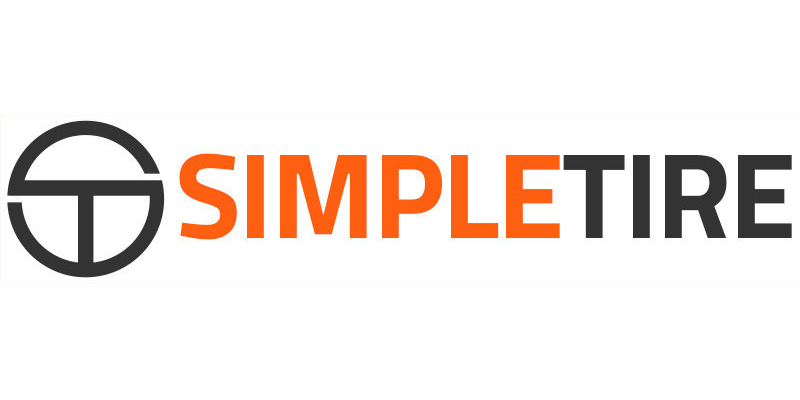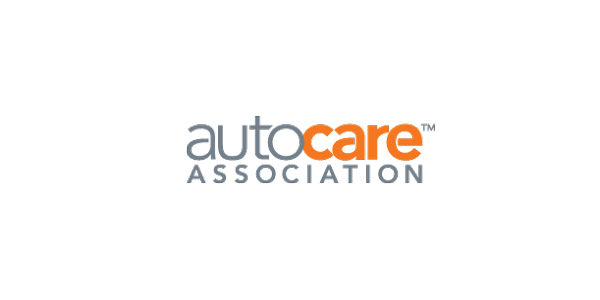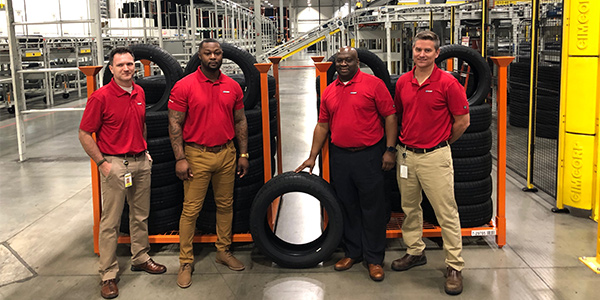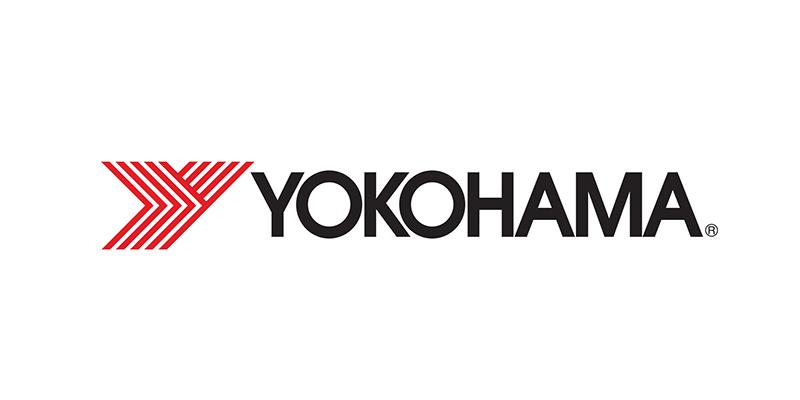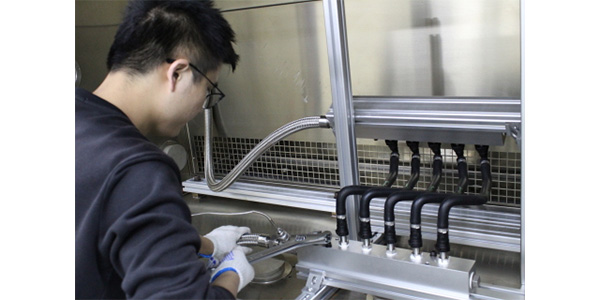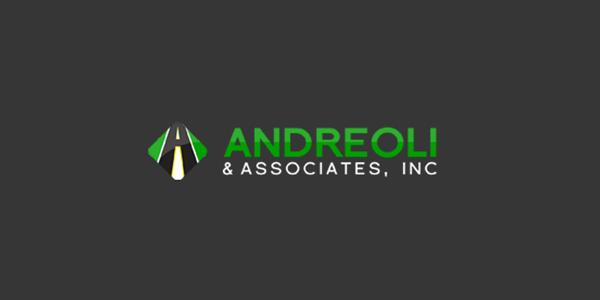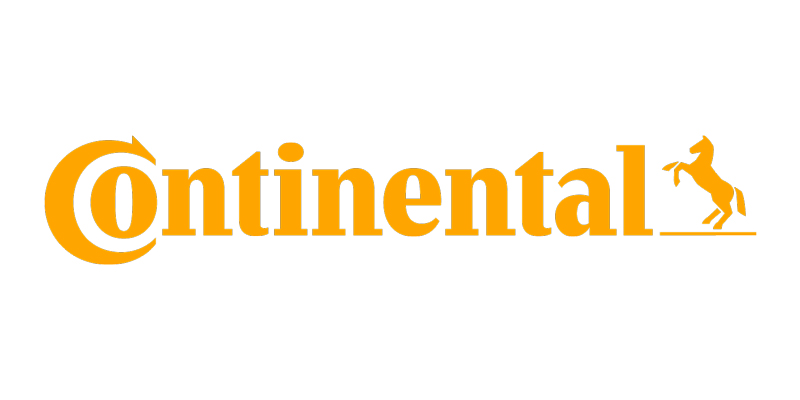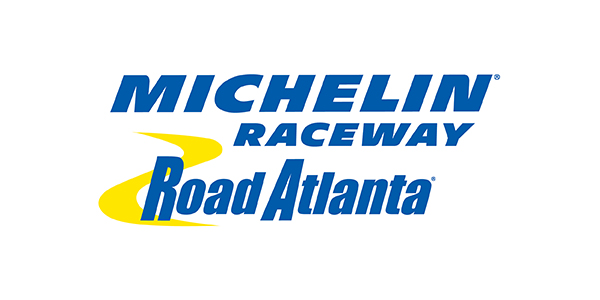During Hankook Tire America’s recent dealer meeting in the U.S. Virgin Islands, Tire Review had the opportunity to sit down and discuss a wide range of issues with its new president Soo Il Lee, Bill Bainbridge, director of brand communications, and Todd Hershberger, senior vice president of sales and marketing.
How have you handled all that you’ve been confronted with during the first 30 days of your new position?
Lee: It has been very challenging. Our CEO gave me many big duties and responsibilities, and I am honored to be here.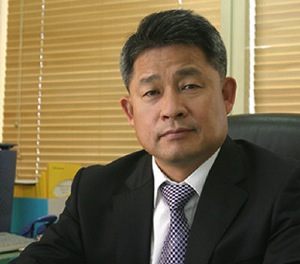 This is a very important time for our company to make our brands much better in this market. I will do my best to do that successfully.
This is a very important time for our company to make our brands much better in this market. I will do my best to do that successfully.
What dynamic moves do you find are necessary for that improvement?
Lee: If possible, I would like to make some ground for our brand in getting a factory here some day. It will take time. We have not decided when that will happen. First we need to consider our marketshare and brand position and how that relates to capacity and profitability.”
Would having a factory here take the company to another level?
Lee: To be one of the major players in this market, we definitely need that kind of movement. Building a factory here would be a big factor in increasing our presence in this market.
Would a tire plant here be for passenger and light truck tires?
Lee: We haven’t decided yet. Starting only with passenger and light truck might be the first move, but it would be all lines in the long run. It will move forward step by step, but at this point we plan to begin with passenger/light truck tires.
Are you considering any locations for a potential factory?
Lee: Not at this point. Our next consideration is the southern Asia market. We are trying to find a location there or to buy an existing company this year or next year.
How has Hankook positioned itself moving into 2010 in the U.S. market? What is your forecast for the coming year?
Lee: From an economic standpoint, last year was the worst for the tire and the automotive business. It will be better this year, with some stabilization. Our brand had a big achievement in 2009 compared to our competitors, and we have strong expectations for this year as far as increasing market share and our brand’s presence.
Will your concentration be placed on improving marketshare, despite how much business in general improves in 2010?
Bainbridge: We have growth plans. We were $840 million in 2009 and the intent is to be $900 million or better in 2010 with the goal of $1 billion by 2011. Even in what we think will be perhaps a little bit of growth this year, it will be modest growth. RMA projections are about 2% on the consumer tire side and 6% in TBR. Our expectations are that we will do better than that with the Hankook brand. It goes back to some of the same things that helped us in 2009: more and more consumers looking for the best value and being open to the consideration of brands besides the majors. As consumers look at Hankook and our focus on quality, the brand’s reputation is moving up. We offer the product at a very reasonable price, and that’s helped us in the marketplace, even in a down economy. We expect to continue that in 2010.
What do you expect more long-term, over the next five years?
Bainbridge: All the projections I’ve seen show moderate growth. At some point, on the TBR side, freight will start moving and construction will start coming back. That could create a little bit of a bubble as fleets go back into service. But on the consumer side, I think it will be moderate growth. We’ve historically had long stretches of mild 2% to 3% growth year-over-year, then we went through a period in the 2000s where it started spiking a little bit. I don’t see those big spikes on the horizon moving forward, unless there’s a situation we aren’t expecting.
Currently, you work off of a fairly strict allocation for truck tires in the U.S. Is your intention to grow that market?
Lee: The capacity of our passenger tires is approximately half of what the three major companies have. But the capacity of for TBR tires is a third, a fourth or a fifth compared to the majors. We do not have the large capacity, but we have a lot of orders from other countries besides the U.S. So we cannot get enough tires to fill the orders from our head office. We have to step up our TBR business by focusing on our sales process.
Bainbridge: If you look at the peaks and valleys of the last 18 months, as we approached the bottom of that valley Hankook stepped up. We invested in TBR business managers who are now in place and working with Brian Sheehey to help cultivate the business. We will introduce five new tires by the end of this year. We’ll use the Mid-America Trucking Show and the Dallas and Las Vegas regional shows to really drive home the new product announcements. We’re gearing up, believing that we’re near the bottom now but are ready to attack pretty aggressively. It’s an important area of our business that we are definitely committed to.
It seems you’ve solidly positioned yourself in the light truck and SUV markets. Will you use the same game plan in the truck segment?
Hershberger: To Bill’s point, it’s about making investments in commercial tire managers and new products now so as that business increases we’ll be prepared for it. Our commercial tire managers working with commercial accounts will help build our reputation in that market and let fleets learn more about our products, get experience with the products and see they’re of a high quality. We back our products very well and as customers have good experiences with them, it helps our reputation and adds to our value in the marketplace.
Lee: The TBR marketing is different than passenger tire marketing. The most important thing is quality, followed by a cost savings and service. In the past our marketing team did all segments together, but we are trying to divide that, not only in the U.S. but also globally. We now have a TBR marketing team in our head office as well as in the U.S.
Looking back at 2009, what issues did Hankook face in North America and how did the company overcome those issues?
Lee: We struggled with sales in the first quarter of the year. They plummeted from 2008 numbers. Sales started to pick up in the second quarter and we finished out the year with growth. Part of the reason for that is the quality of our products and our investments in marketing,
Bainbridge: A primary element in our success for 2009 was our marketing and investments. We did three things exceptionally well:
1. Launching the online training program to provide easy access for a retail salesperson to acquire product knowledge. We supported that with a national ride and drive program in which we made 26 stops to give those same sales people an experience on our products.
2. Our first try with one specific product – the Ventus V12 evo – for our first-ever consumer sales promotion. It was enormously successful and the unit sales of that tire doubled. The reception by dealers was phenomenal, as was shown by their purchases and co-op plans. Their advertising of our brand went up when we gave them that rebate.
3. Our most significant investment to date in broadcast advertising. A balanced component in national cable advertising geared to generating brand impressions, just like the Major League Baseball stadium signage, but then a substantial investment in regional markets where we had those MLB signs.
In the summer timeframe, the second and third quarter, we had those three things going on. That’s what I believed led to the spike in sales.
Hershberger: There were two major issues in 2009: the economy and the China tariff situation. One of the reasons that we fared well in that time period is that our whole proposition from an economic standpoint is a good proposition for consumers today. More and more consumers are looking for the best value, and they’re more open to looking at other brands. As our brand awareness increases, our brand is becoming more and more often one that consumers are looking at and finding a good value: a high-quality product, a growing reputation, good dealerships and a reasonable price.
As far as the China tariff goes, because of our balanced production globally, we were able to shift product around. We also prepared for it and shifted our development projects for North America – any that were headed to China we had already shifted to South Korea in anticipation of the tariff. We were able to move product from China to South Korea so we can now service more of our needs in North America from Korea, while China is servicing other markets.
Are you starting to profile the dealers you take on a little bit differently than in the past?
Hershberger: From my perspective, as I looked at Hankook prior to joining the company, one of the things I saw was a company that was very thoughtful about their distribution. I think that’s a strength. When we look at opportunities, we consider who the customer is and the impacts across the whole range of our customers. So we don’t go into a new market and sign up just anyone. We build partnerships with dealers that are going to be long-lasting. We don’t want to sign up someone who isn’t going to be happy with us and vice versa.
Lee: The most important factor between suppliers and buyers is a win-win situation. A one-way relationship will not be long-lasting. The reason our company overcame the difficulties everyone faced last year is because of those partnerships.
How many dealers do you currently have?
Bainbridge: There are about 400 dealers that represent 3,500 points of sale.
How do you select OE relationships in this difficult environment?
Lee: OE is very important in helping brand position compared to several years ago. But OE business is not profitable. We’re trying to keep the proportion of OE tires at 30% of our total global volume. We have limited capacity to meet OE demand
Bainbridge: It seems to be a good balance where we can earn and accept some strategic fitments, but it doesn’t put us in a position of vulnerability.
Lee: Our expansion is much faster than our competitors so we can supply more tires.
Bainbridge: It’s also about a commitment to our replacement customers.
Lee: Once they experience our quality, they will accept our product as OE on their premium cars as time goes by.
Are you talking to OEMs in the U.S. on the truck tire side?
Bainbridge: We have had an OE presence with Navistar for three years. We are the standard fitment on some models, and an option on other models.
Where is Hankook heading in the area of new compounds and additives?
Lee: Compounding is very important for quality. We strive to get the best raw materials in order to achieve the highest quality. We are developing environmentally friendly tires that use more raw silica compounds instead of carbon black. This will enable us to create eco-friendly tires by reducing rolling resistance. Carmakers are asking for this type of tire. We have a research teams in the U.S. and globally that are working on new compounds.
What are your plans regarding SEMA?
Bainbridge: Certainly we were surprised and disappointed that a number of our larger competitors left the SEMA Show. There’s an issue, obviously. I’ve done my best in representing our company in their meetings and focus groups to voice our opinions about the issues that have tainted some people’s viewpoints.
The absence of our larger competitors causes an uncomfortable feeling. We want to be there – we put such a focus on benchmarking our tires, and we want to be able to benchmark our brand, too. If the big companies aren’t there, then it does give us the opportunity to stand out. We have a lot of work to do in the next month in deciding what our objectives are. The SEMA Show is not only about tire dealers; it’s about much more than that. In the long run, we hope SEMA and TIA will ask tire dealers about what they want.

